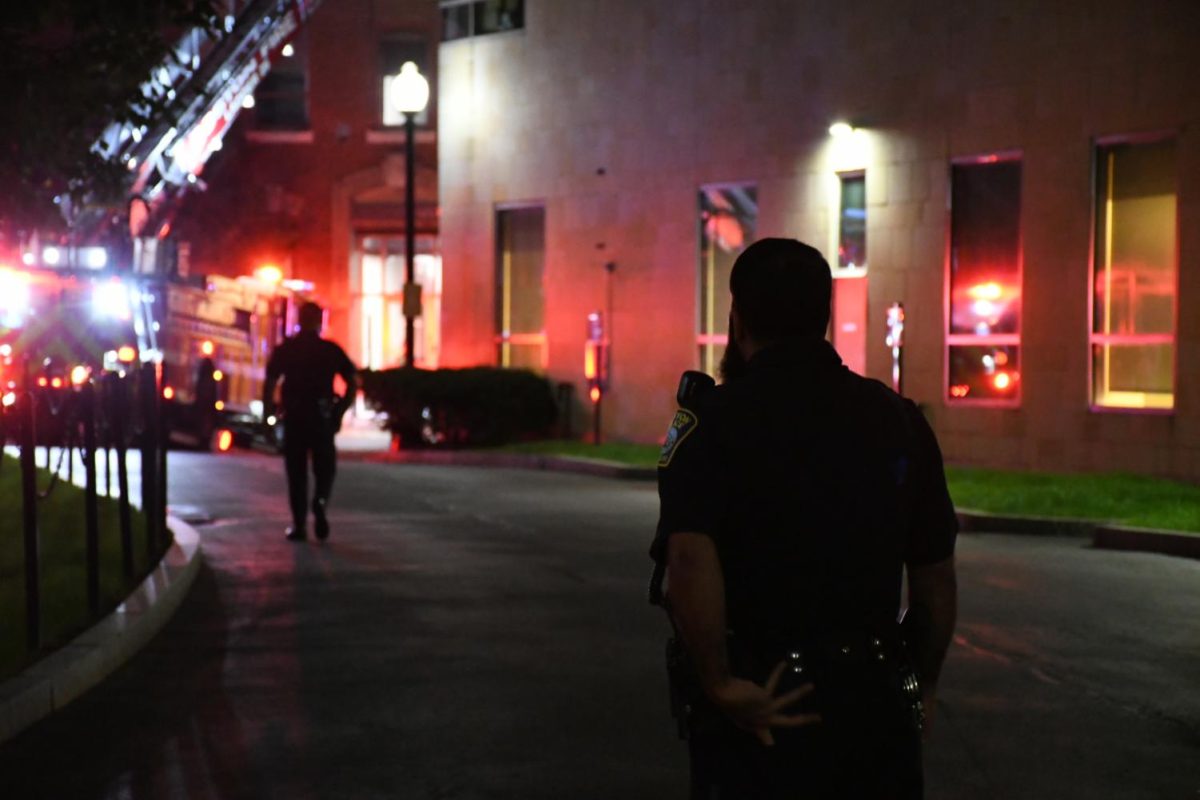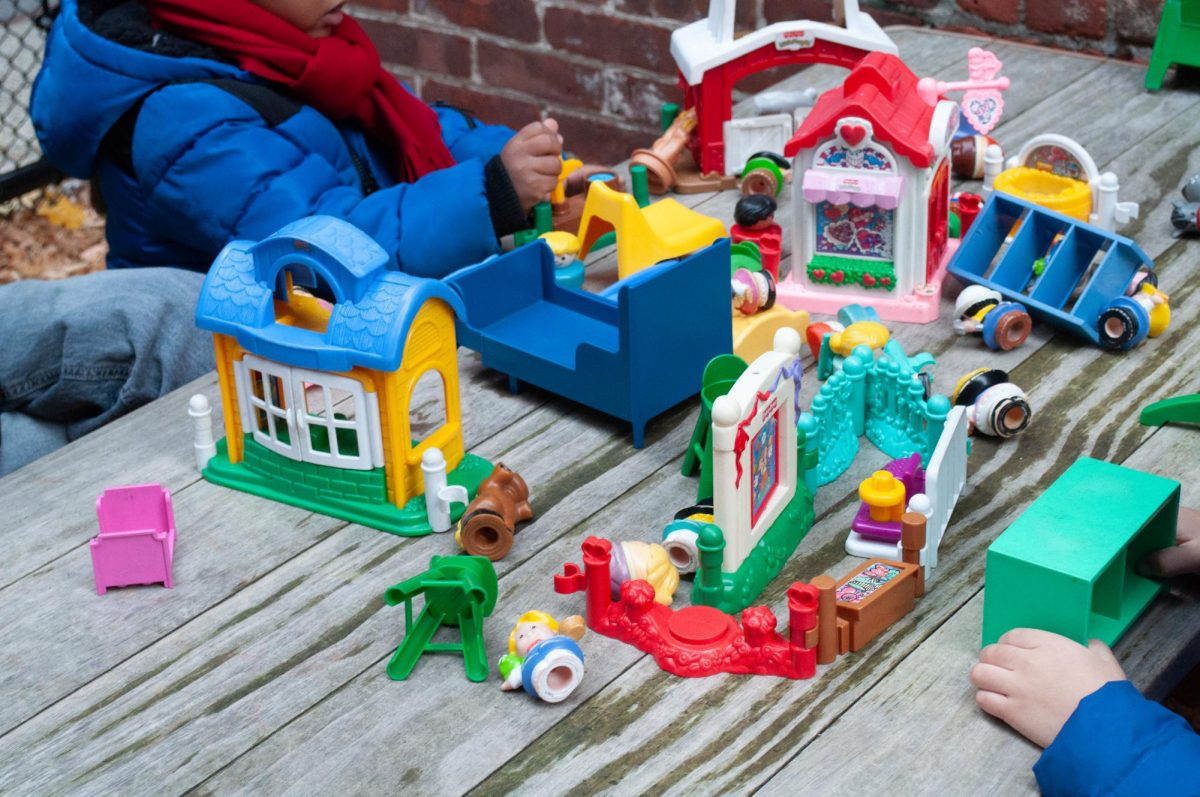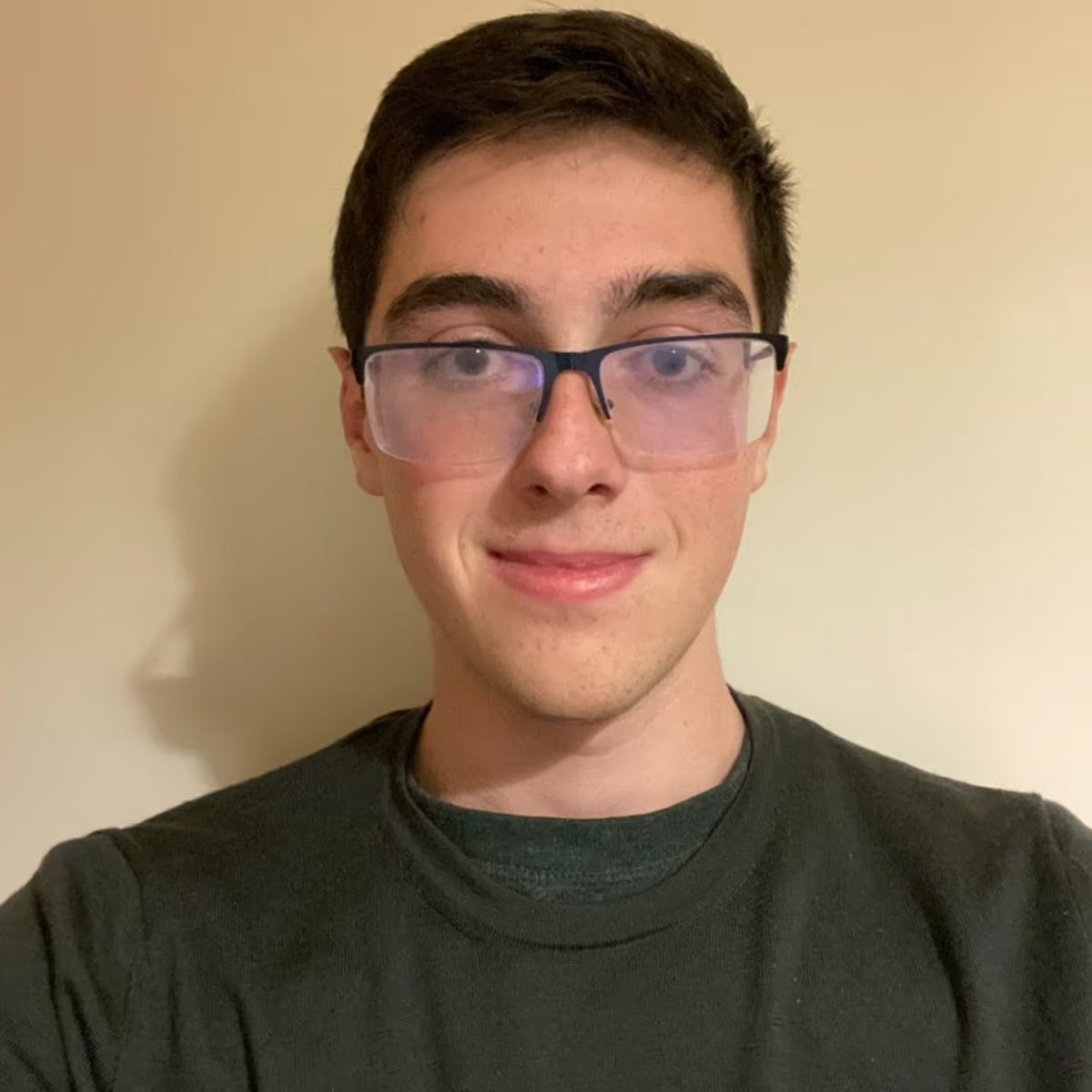
By Melissa Werthmann, News Correspondent
Overcrowding in popular study areas at Northeastern has become a constant problem, and students say it’s not just an issue during exam season.
The decision in January by faculty senate to eliminate activities period was intended to make room for more class sections and more times for student groups to meet. However, students are finding classrooms overpopulated and places for studying, including Snell Library, are busier than they used to be.
Some worry this is going to be an ongoing trend at the university.
“When it comes to midterms time and finals time, the library is always crowded,” Bisera Bozinovska, a junior international relations and economics major, said. “But during the past month and a half I’ve noticed that it’s always packed.”
Bozinovska used to go to Snell Library regularly, but now only goes if she plans on studying for several hours.
“It’s not worth looking for a table for 20 minutes if I’m only going to study for an hour,” she said.
Bozinovska said it is time to build more space, as she studied on the first floor of Shillman Hall.
“I’ve always been saying that there should be another library,” she said. “The demand is high enough that it would make sense.”
Bozinovska said she also used to go to the Curry Student Center to study, but it too has become so overcrowded that she cannot get work done. She said when Curry is packed, the overflow ends up in the first floor of the library. This area then gets used as a place to meet friends, not to do work or study.
“There is nothing wrong with that,” Bozinovska said. “It’s just one less place to study in.”
Ayoung Kim, a second-year pharmacy major, also noticed an increased number of people in Snell. She did most of her studying last year in the library, but now prefers to work in her room. “I can’t find any open space, or if I do, I can’t find a power source so I can’t use my laptop,” she said.
The last time Kim said she was in the library was for an organic chemistry tutoring session, during which she had to share a table with two sleeping students. Kim said that she used to study in the law library because it was much quieter and closer to most of her classes.
“Lately it’s been getting more and more crowded because people have discovered it,” she said.

Kim said she thinks that overcrowding stems from the fact that Northeastern has attracted more students for this year’s freshman class compared to some previous years.
“Theoretically it’s a great idea, but our buildings are not getting any bigger,” she said.
Kim doesn’t know if the university can come up with a straightforward fix to overcrowding.
“I wouldn’t say accept less kids or build a bigger library,” she said. “Those aren’t realistic solutions.”
Matias Campos, a second-year pharmacy major, said he has also had to deal with classrooms at or exceeding capacity.
“My [organic chemistry] class has people not sitting in desks,” he said. “They either stand or sit on the floor.”
Campos said it is a right for every student to have access to a desk during class and attributed the problem to disorganization in the Office of the University Registrar and advisers overriding class maximums.
“If a room says it seats 100 people, don’t put 110 in the room,” he said.
Campos suggested the Registrar book large enough rooms or create more sections of certain classes to lessen the number of students in the room.
“Then again, there might not be enough classrooms,” he said. “It all goes back to not enough physical space.”
Northeastern’s Director of Communications Renata Nyul said overcrowding can be attributed to an increase in both graduation and retention rates as 95 percent of last year’s freshmen returned this year.
Nyul said that is the highest retention rate in the university’s history and a number on par with other top universities.
“This increase has put a strain on the facilities,” Nyul said. “We’ve taken many steps and continue to take many more to fix this.”








